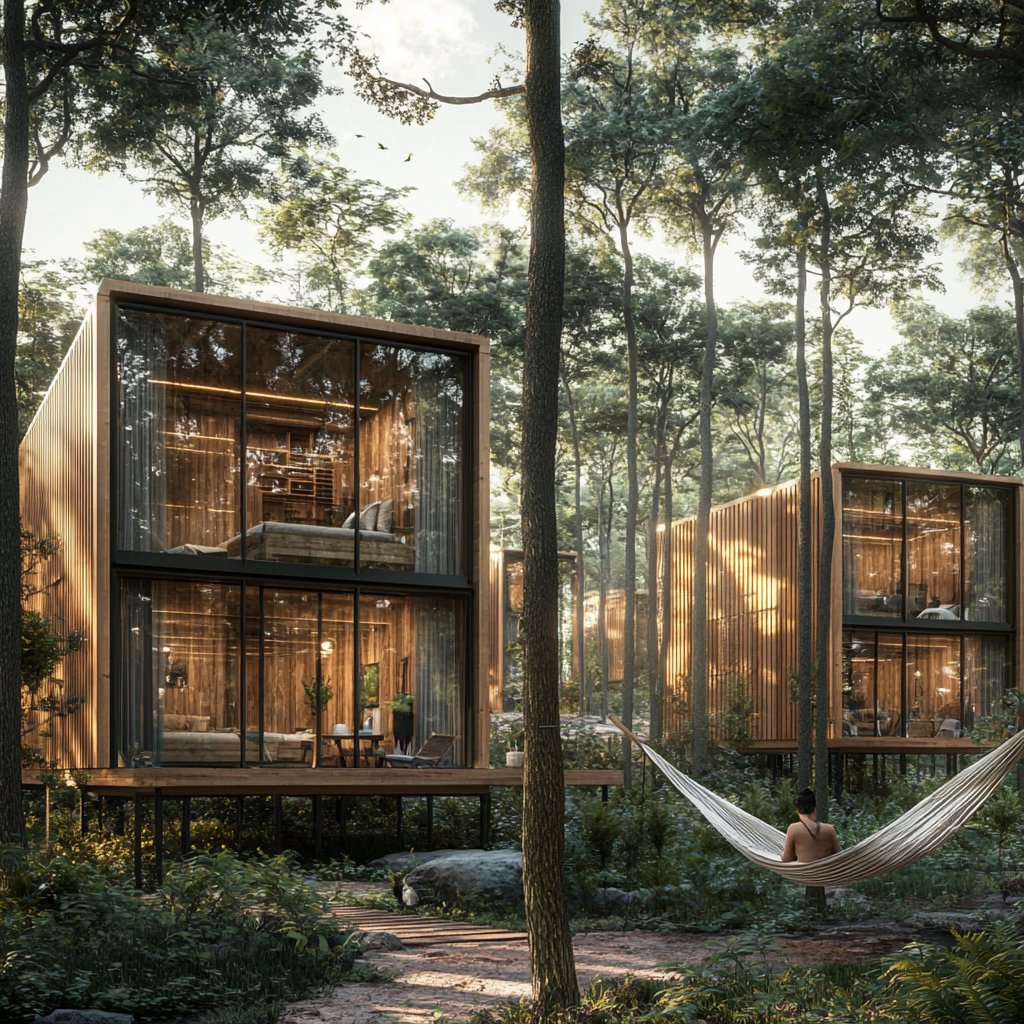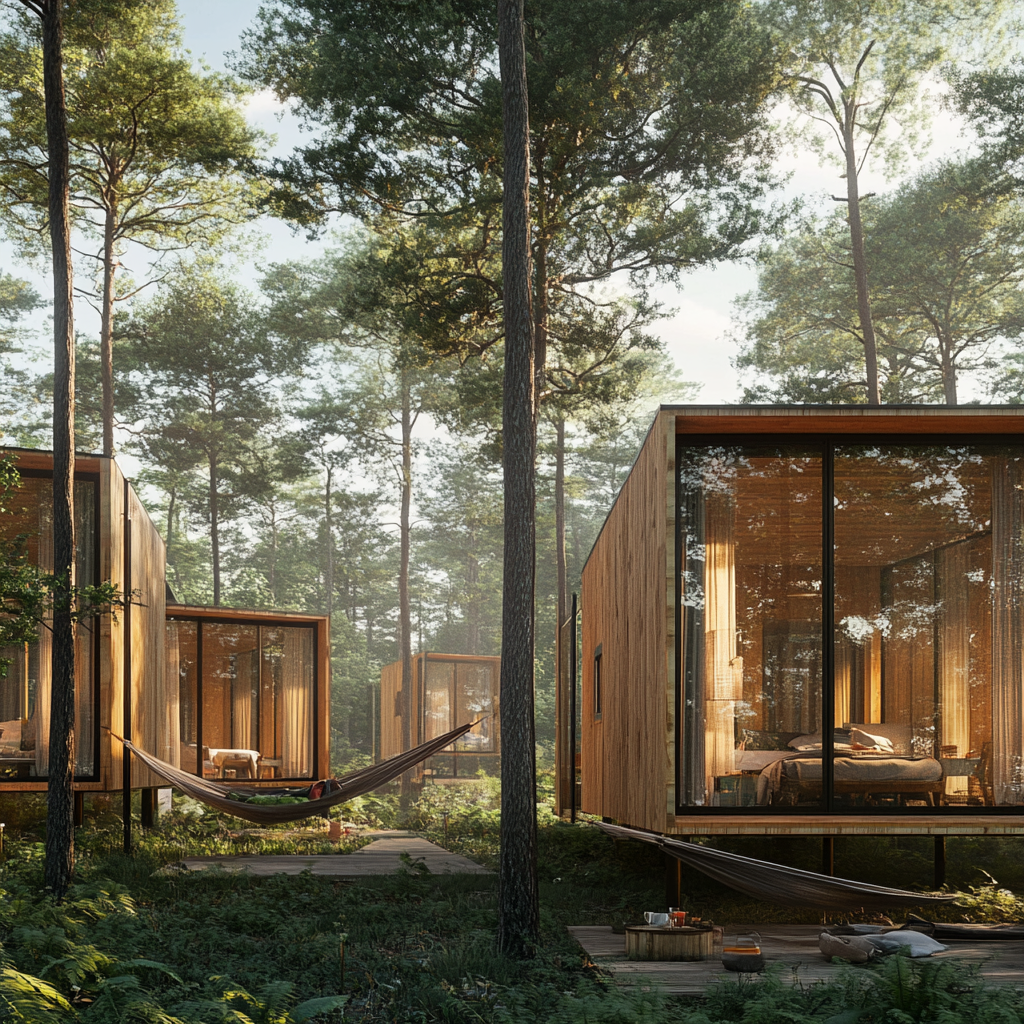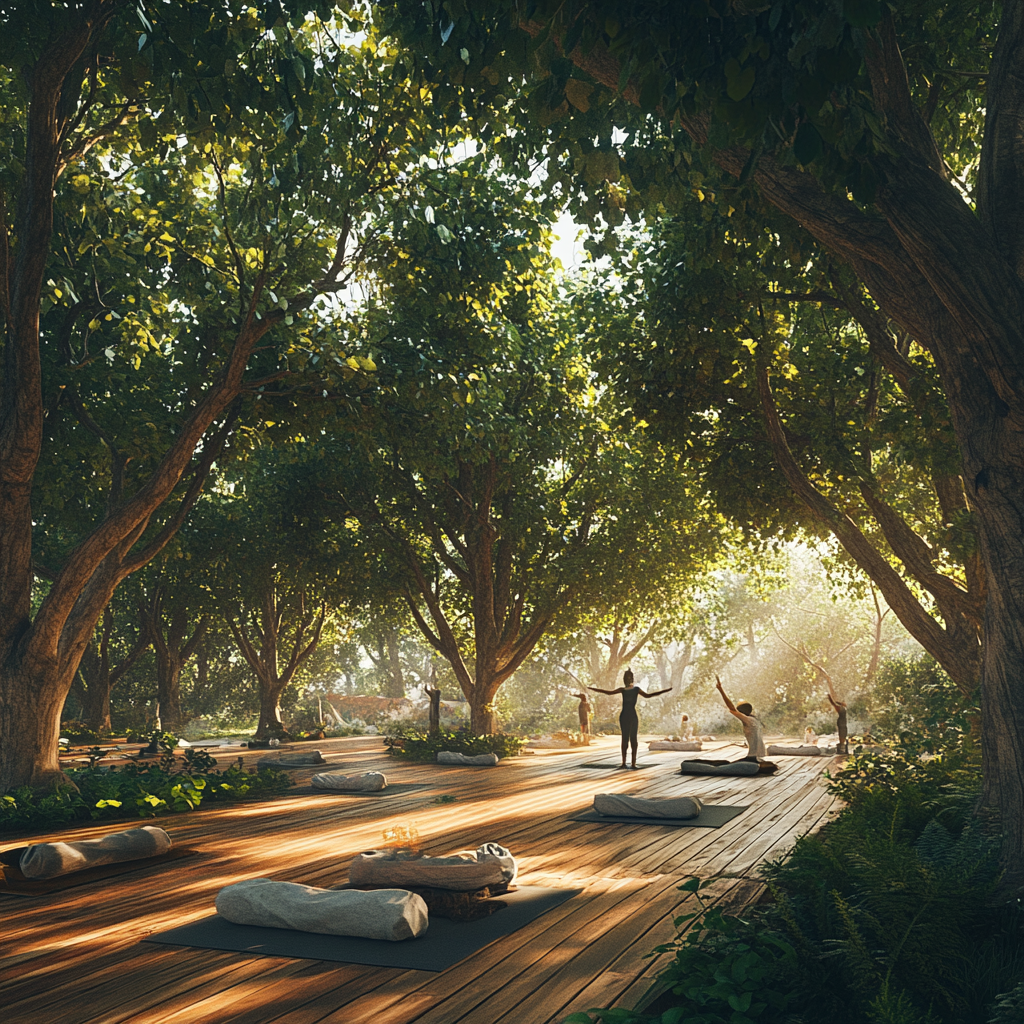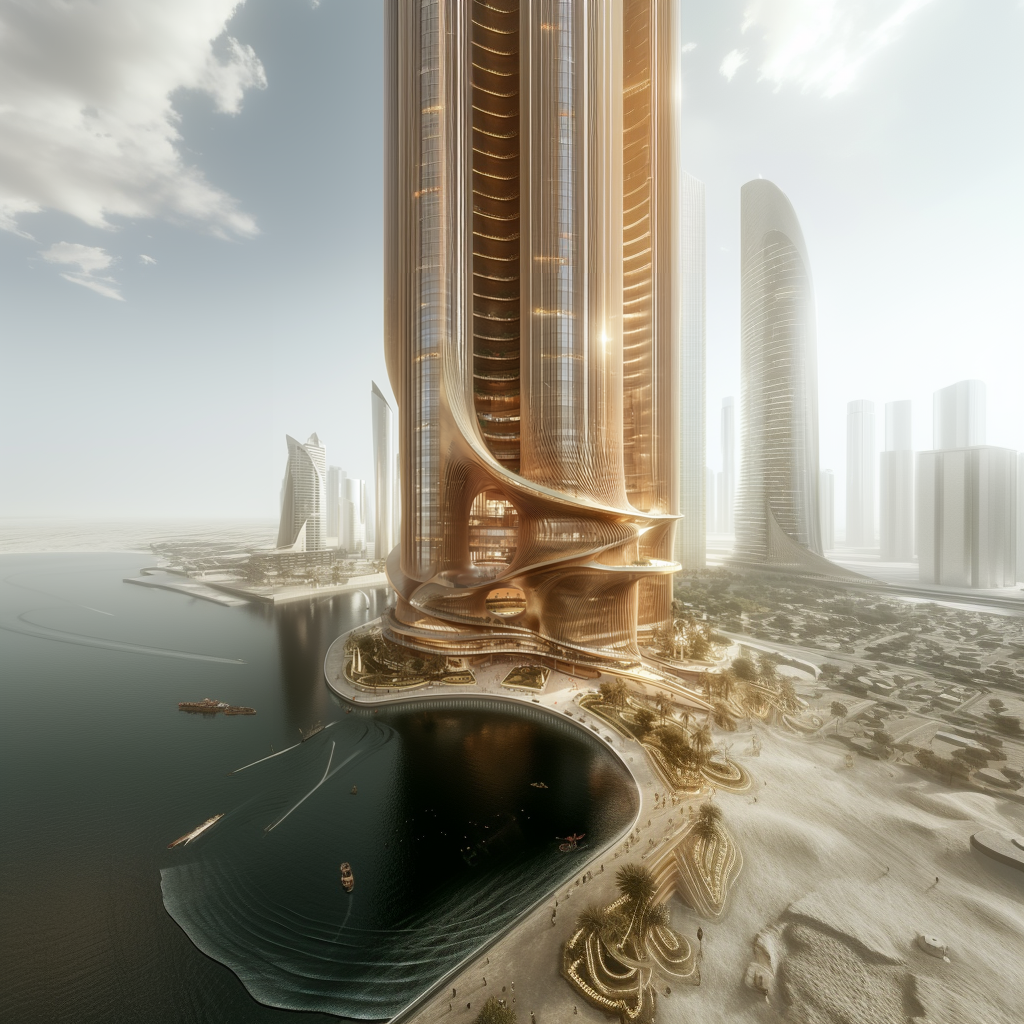
As Living Threshold: Internal vs. External
In a time where wellness is commodified and over-structured, the antidote may lie in the quiet wilderness. A place where architecture dissolves and the body listens again. These concepts are not merely of aspiration, but of calibration: the kind that comes from being surrounded by enough space to think and just enough enclosure to feel held.
Wellness doesn’t begin at the spa and end at the yoga mat. It’s present in how a space anticipates need. In the nearness of glass to foliage. In the way timber absorbs dawn. It’s inner form responding to outer life: calm not as a concept, but a consequence.
Clarity arises not through minimalism, but mindful proportion. Where the forest leans in, glass recedes. Where the body yearns to pause, walls soften. Interiors express refinement without excess they’re disciplined yet generous. These spaces don’t dictate mood. They support it.
True restoration lives in duality. Expansion paired with enclosure. Height countered by grounding. Spaciousness that doesn’t isolate, and intimacy that doesn’t confine. In these retreats, the smallest gestures invite the deepest shifts. A hammock becomes a point of recalibration. A timber platform, an opening for ritual.
The surroundings do not frame experience; they invite it to unfold slowly. The forest is not backdrop but co-creator. Light isn’t a tool it’s a rhythm. Space becomes not just a resource but a medium of restoration. Where openness gives breath and enclosure gives boundary, wellness becomes an unspoken arrangement between self and setting.

© OJrnl. All rights reserved
Building With, Not Beside
When the boundary becomes a barrier, the spatial narrative falters. Transition is not simply a threshold it is where architectural intention is most exposed. The edge between interior and exterior must do more than divide; it must articulate desire. A path that drifts, a bench resting in partial shade, a frame that opens rather than encloses, these are the calibrated ambiguities where experience lingers. Where design quietens.
Wellness is not centred; it drifts. It arises in the interstitial: between stillness and movement, shadow and exposure, anticipation and return. The spaces that nurture are not imposed upon nature; they emerge through resonance with it. Wellness architecture, in its most honest form, does not simulate the natural it enters into dialogue with it.
Material here is not stylistic it is elemental. Decks are not placed atop the land, they are drawn from it. Glass does not expose, it mediates. Surfaces do not reflect, they rest. Treatment rooms are not escapes, but spatial rituals embedded in cycles of pause, reception, restoration, and re-entry.
These are not borrowed gestures. They are seasonal translations; where architecture becomes attuned, atmosphere becomes method, and wellness is measured not by programme, but by presence.
Simplicity as a Form of Mastery
The heart of wellness isn’t excess or avoidance. It’s presence. It isn’t in luxury or minimalism, but in how space respects your tempo. These places are not made to be consumed. They are meant to be met. Simplicity, when applied with depth, becomes clarity. This mindset isn’t about reducing space, but deepening experience.
Whether fixed or fleeting, luxury or modest, the setting only matters when the intention is honest. Change is inevitable. Clarity is a choice and when we choose it, space holds more than function. It begins to offer care.

© OJrnl. All rights reserved
Deep Presence: When Design Works Through Sensation
There is a language beyond what can be seen or named, a felt memory of space. It lingers long after departure: a realignment, a softness, a shift. In these sanctuaries, wellness is not performed, it is immersive. It is not a checklist of offerings, but a condition of being.
In these forests, stillness is not the absence of sound but the presence of nuance: the rustle of canopy, the quiet thud of footfall, the breath of time slowed. Design here does not impose silence, it absorbs noise and amplifies ease. There is no artificial hush, only atmospheres that allow you to tune back into your own frequency.
Daylight does not illuminate, it settles. It moves through rooms as time would across skin without spectacle, without staging. A quiet modulation of warmth, mood, and shadow. Shade is not retreat, but reflection. It becomes a texture of thought. In this architecture, rooms mark time. Light becomes a clock.
To touch is to locate oneself. Here, texture is not embellishment, it is orientation. Raw timber, softened stone, linen worn by use. These surfaces do not simply feel good, they feel known. Design speaks not in trends, but in tactility.
Air itself becomes choreography. Breezes slip through porous thresholds, carrying scent, temperature, memory. Nothing is static: louvres breathe, apertures shift, earth exhales. Scent is not fragrance, it is recognition. This is not a setting, it is a cycle.
Nourishment here is not plated for spectacle. Food becomes temporal and rooted in the rhythms that shaped it. Taste cannot be separated from place, from method, or from the moment in which it’s received.
When these sensory conditions align, the architecture recedes. What remains is not form, but feeling. The space becomes a vessel for attention. Wellness, no longer a curated offering, becomes a quiet recalibration. Not a destination, but a homecoming. Not a concept, but a condition. This is the true art of spatial wellbeing; a language lived long before it is ever seen.
© OJrnl. All rights reserved
The Future of Return: Stillness as a Cultural Shift
This way of life one rooted in stillness, presence, and elemental clarity is no longer a retreat from the world, but a direction within it. As the speed and scale of urban living intensify, the craving for pause is no longer indulgent; it’s essential.
The wilderness sanctuary is not escapism it is instruction. It reminds us what architecture was before it became spectacle. It reminds us that wellness isn’t something you find it’s something you remember. In the coming years, design that honors time, rhythm, and regenerative materiality will not be the exception it will be the foundation.
The most advanced spaces will be those that feel most ancient in instinct. Places that adapt like ecosystems and restore like forests. Where dwellings are not separate from nature but expressions of it. Technology will still play its role, but it will be quieter, embedded and adaptive rather than assertive.
Sustainability will no longer be a goal; it will be a given and wellness will not be defined by curated services or branded rituals, but by how a space responds to the nervous system. How it knows when to soften, when to open, when to hold.
While we may speak of the future, it is the present that requires our most careful attention. For what we build, how we move through space, how we feel is the blueprint for what’s to come. The way forward is not new. It’s just newly remembered. In the end, wellness is not a destination it’s a disposition.
A design philosophy that privileges intimacy over image, resonance over rule, and presence over pace. In these forested sanctuaries, we are not guests in luxury. We are participants in renewal. Every detail, from the angle of a chair to the orientation of a window, becomes an offering not to impress, but to invite.


